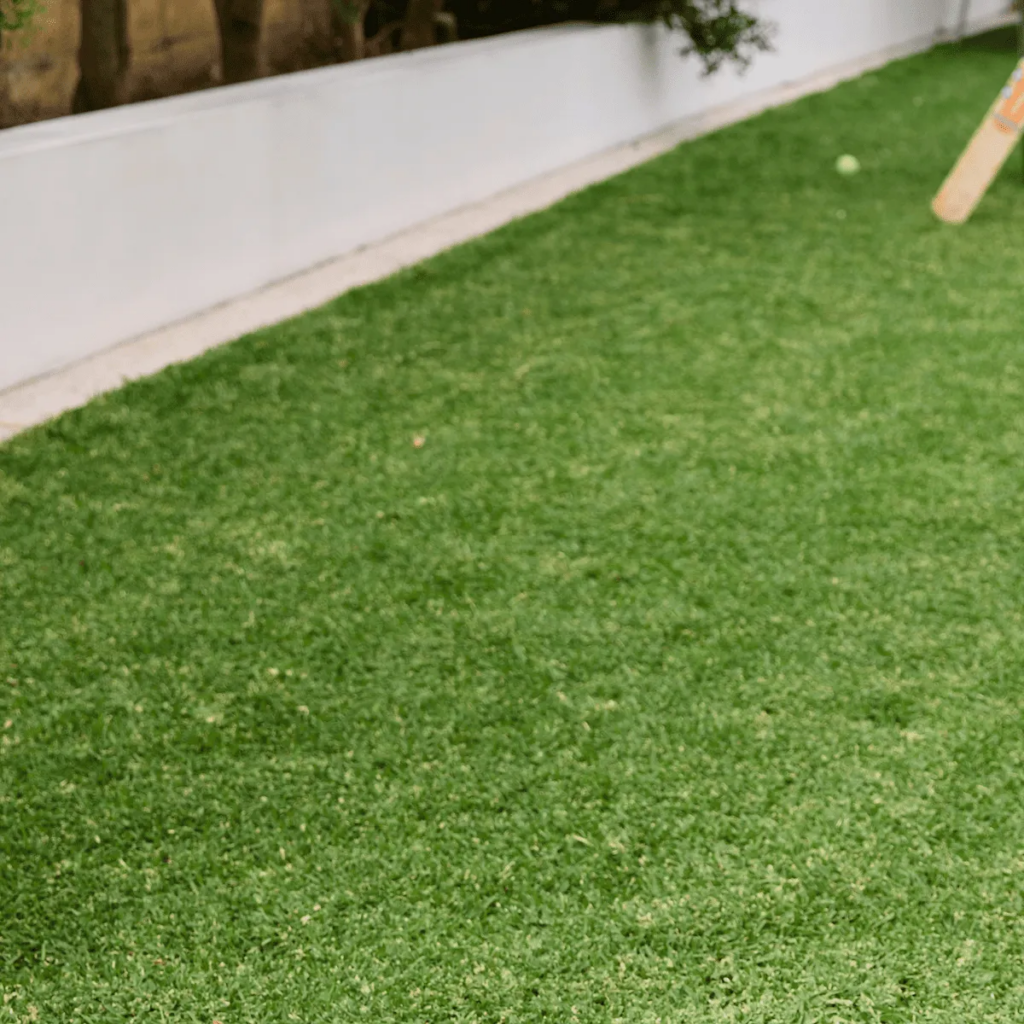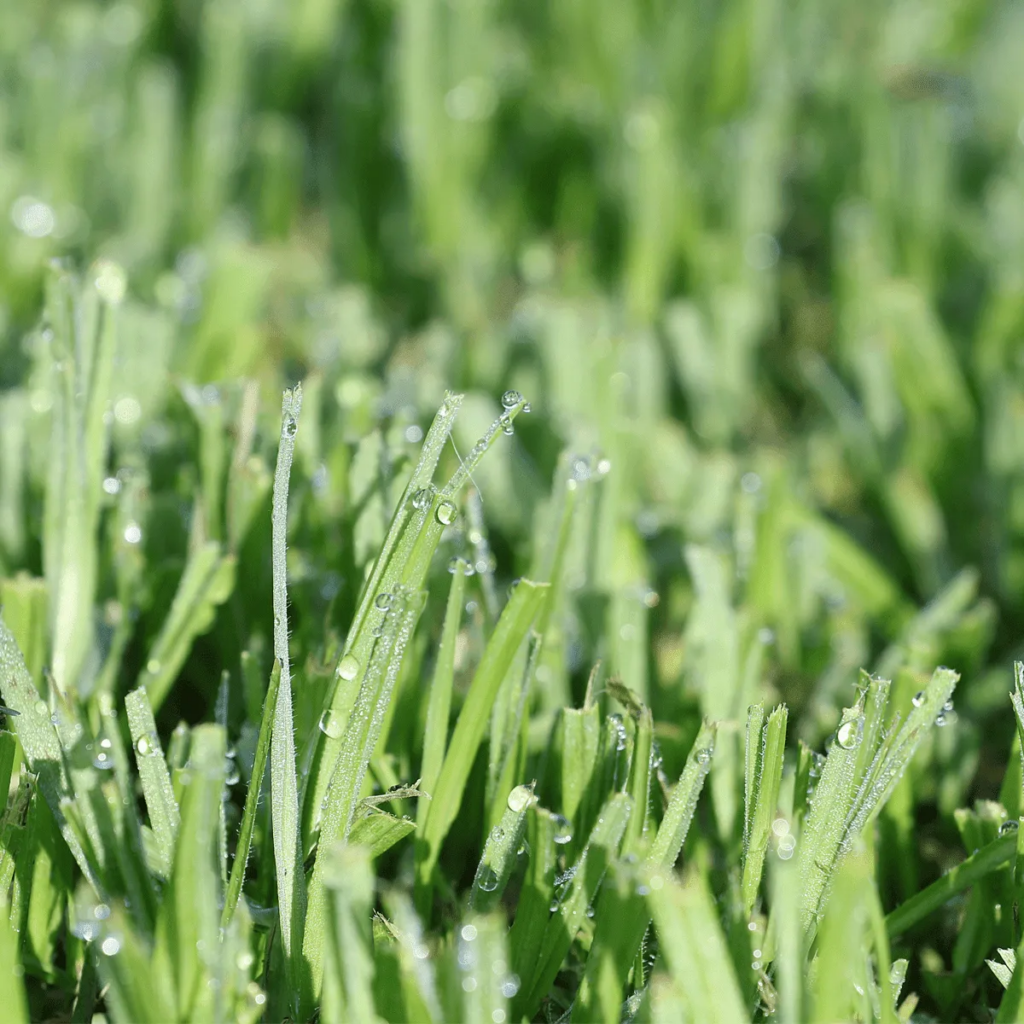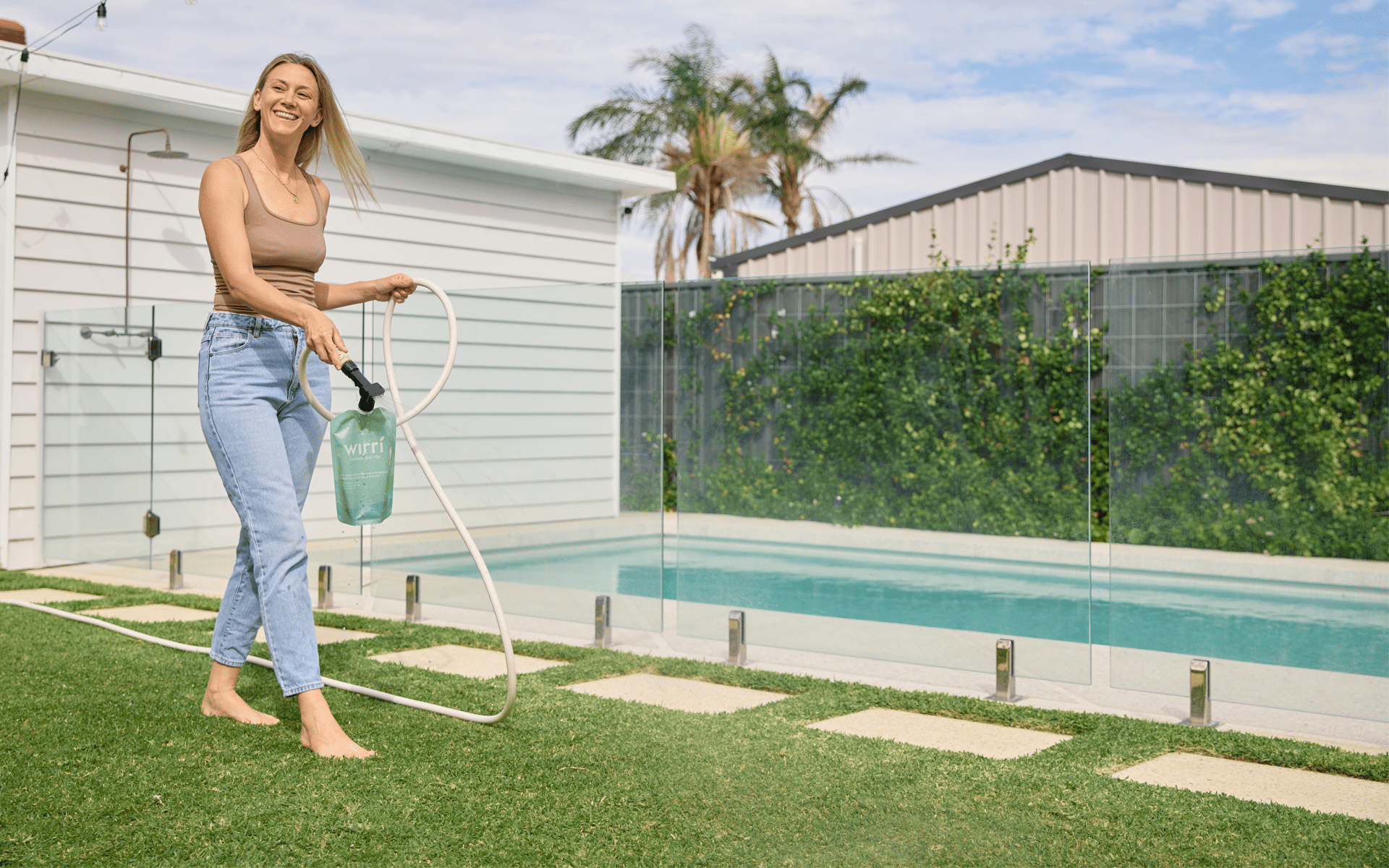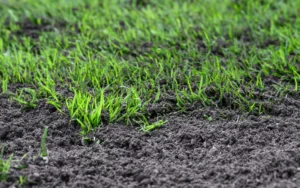Maintaining a lush, healthy lawn can be tricky even at the best of times, but if your yard is heavily shaded, it’s an entirely different challenge. Whether it’s the result of towering trees, fences, buildings, or other structures blocking sunlight, many homeowners find their lawn struggling to stay green and full in areas where the sun just doesn’t reach.
If you’re constantly battling patchy growth, browning spots, or persistent moss, the culprit could be a simple one: your grass isn’t suited to shady conditions.
Why Shade Is a Problem for Most Lawns
Grass is a living plant, and like all plants, it needs sunlight to photosynthesise and grow. The standard lawn grasses used in many Australian homes—particularly warm-season varieties like Couch, Kikuyu, and Buffalo—thrive in full sun. When placed in shady areas, these grasses may struggle with:
- Reduced photosynthesis: Less sun means less energy for growth.
- Slower recovery: Grass can’t bounce back as quickly from foot traffic or weather damage.
- Increased disease risk: Shaded areas often stay damp longer, encouraging fungal growth and mould.
- Thinner coverage: You may notice the grass blades look sparse, or the turf fails to grow evenly.
Not all grasses are created equal when it comes to shade tolerance. Some can handle partial shade well, while others absolutely need full sun for at least six hours a day. That’s where shade-resistant grass varieties come in.
Common Signs Your Lawn Isn’t Coping with Shade

Before you go ripping up your lawn or applying fertiliser like there’s no tomorrow, check for these tell-tale signs that your grass is failing due to a lack of sunlight:
- Persistent bare patches under trees or near fences
- Yellowing or browning despite adequate watering
- Slow or no growth in shaded zones
- Increased moss, weeds, or mould in those same areas
These symptoms usually point to the fact that the grass in those spots just can’t photosynthesise enough to stay healthy. Over time, it weakens, thins out, and dies—leaving your lawn patchy and unappealing.
What Is Shade-Resistant Grass?
Shade-resistant grass refers to turf varieties that have been bred (or naturally evolved) to thrive in low-light conditions. These grasses have broader leaves to capture more light and tend to grow slower, allowing them to conserve energy.
Some of the most popular shade-tolerant turf options in Australia include:
- Sir Walter Buffalo Grass – A premium variety with broad leaves and good shade tolerance (up to 70% shade).
- Zoysia Grass – Slower growing, soft underfoot, and quite hardy in shaded areas.
- Tall Fescue – A cool-season grass with good tolerance for moderate shade and great water efficiency.
- RTF (Rhizomatous Tall Fescue) – Offers self-repairing properties and higher tolerance for shade than traditional tall fescue.
Choosing the right type will depend on your local climate, soil type, and how much shade your lawn actually receives throughout the day.
How Much Shade Is Too Much?
Not all shade is created equal. Some areas get dappled or filtered sunlight throughout the day, while others might be completely blocked by structures or tree cover.
Here’s a basic breakdown:
- Light Shade: 4–5 hours of sun per day. Most lawns can handle this with a little care.
- Moderate Shade: 2–4 hours of sun per day. You’ll need a shade-tolerant variety to keep it green.
- Heavy Shade: Less than 2 hours of sun. Even the best grasses will struggle here—consider groundcovers, mulching, or landscaping alternatives.
If your lawn gets consistent shade for more than half the day, and especially during the morning (when photosynthesis is most effective), it’s time to look at alternatives like shade-tolerant grasses.
Tips for Growing Grass in Shaded Areas

Even shade-resistant turf needs the right conditions to thrive. If you’re making the switch or already have shady spots in your garden, here are some practical steps to support healthy lawn growth:
1. Choose the Right Grass
Start with a variety that’s proven to tolerate shade. Talk to your local turf supplier about what’s best for your area. If you’re in a tropical or subtropical zone, Sir Walter or Zoysia are popular picks. For temperate climates, Tall Fescue or RTF are solid options.
2. Prune Trees and Shrubs
A bit of selective pruning can make a big difference. Thinning out branches allows more dappled light to reach the lawn without removing your trees altogether.
3. Reduce Traffic
Grass in shaded areas recovers slowly, so reduce foot traffic where you can. Add stepping stones or mulch paths to avoid constant wear on weak spots.
4. Water Wisely
Shaded areas retain moisture longer. Avoid overwatering, which can lead to fungal issues. Water early in the morning so grass can dry out during the day.
5. Feed Sparingly
Shaded grass doesn’t grow as fast, so you won’t need as much fertiliser. Too much nitrogen can burn the grass and encourage weak, leggy growth. Use a balanced, slow-release fertiliser instead.
6. Mow Higher
Taller grass blades capture more sunlight. Raise your mower blades when trimming shaded areas, and avoid cutting more than one-third of the blade at a time.
Final Thoughts: Should You Switch?
If you’ve tried everything and your lawn still looks more like a dirt patch than a backyard oasis, the answer may be simple: yes, you need shade-resistant grass.
Swapping to the right variety could save you time, water, and money—not to mention the frustration of watching your lawn struggle. Shade doesn’t have to be your lawn’s enemy. With the right approach, you can have a thick, green lawn that thrives—even beneath the trees.





